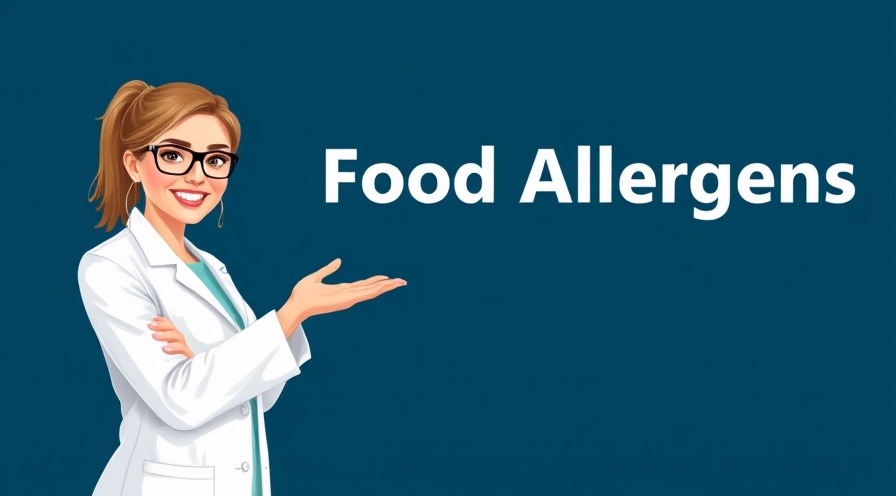
Understanding Food Allergens: The Big Nine
When it comes to reading food labels, knowledge is power—especially for those managing food allergies. According to the discussion in What Ingredients Should You Watch For On Food Allergy Labels?, it's crucial to be aware of the "big nine" food allergens. These ingredients—milk, eggs, peanuts, tree nuts, soy, wheat, fish, crustacean shellfish, and sesame—account for the majority of allergic reactions. Each of these can lurk in unexpected places, making label scrutiny essential.
In What Ingredients Should You Watch For On Food Allergy Labels?, the discussion dives into critical insights about managing food allergies, prompting a deeper analysis of how to navigate these challenges.
Hidden Allergens: What to Look For
Often, allergens can be disguised under different names or forms. For instance, milk can appear as casein or whey in a variety of products, while soy might be found in the form of flavorings or vegetable broths. It's also not uncommon for people to find tree nuts in cereals or snack bars where they aren't expected. This highlights the importance of reading ingredient labels carefully, even for seemingly safe foods.
Cross-Contamination Concerns
Another layer of complexity arises from cross-contamination, which can occur during manufacturing processes. Even products that don’t explicitly include allergens in their ingredients can pose a risk if they’ve been made in facilities that handle those allergens. Always look for products that indicate they have been processed in allergen-free environments.
Smart Substitutions for Allergen-Free Cooking
Many readers may wonder how to maintain a nutritious diet while avoiding allergenic ingredients. The video suggests using safe substitutes that provide similar nutrients. For instance, individuals avoiding dairy can consider fortified plant-based milks like almond or soy milk, which not only cater to allergies but also provide essential nutrients like calcium and vitamin D. Similarly, gluten-free flours such as rice or almond flour can be excellent alternatives for those avoiding wheat, yet it’s vital to be aware of their nutritional profiles.
The Emotional Aspect of Food Allergies
Managing food allergies extends beyond simply avoiding certain ingredients; it can also affect one’s social life and mental well-being. Individuals with allergies might feel anxiety about dining out or attending social gatherings where food is involved. Understanding this emotional aspect is key in supporting those with food allergies. Sharing awareness can foster supportive environments, promoting community understanding and empathy.
Concluding Thoughts: Empower Yourself Through Knowledge
As we navigate food choices in today’s world, understanding the ingredients in our meals is paramount. The insights shared in What Ingredients Should You Watch For On Food Allergy Labels? help us appreciate the vital role that awareness plays in managing health and wellness. It’s about making informed decisions that not only keep us safe but also allow us to thrive nutritionally.
 Add Row
Add Row  Add
Add 




Write A Comment